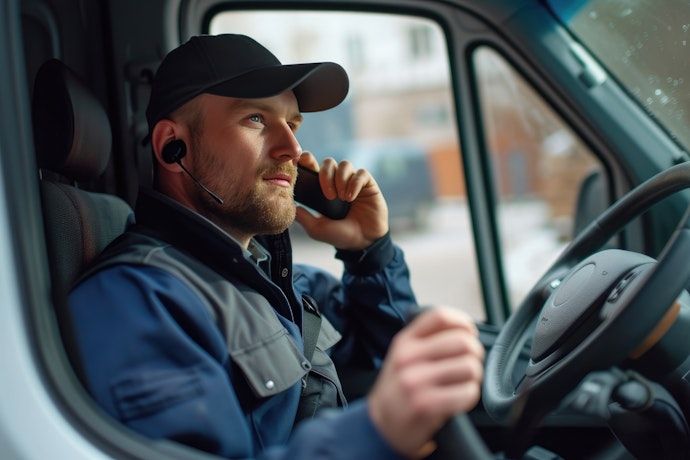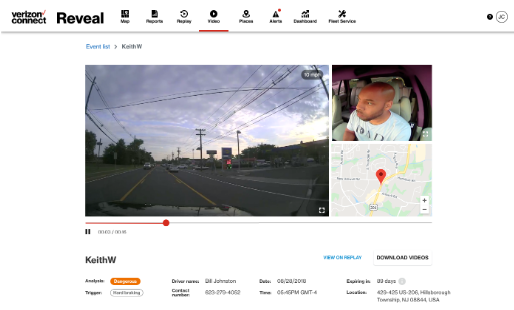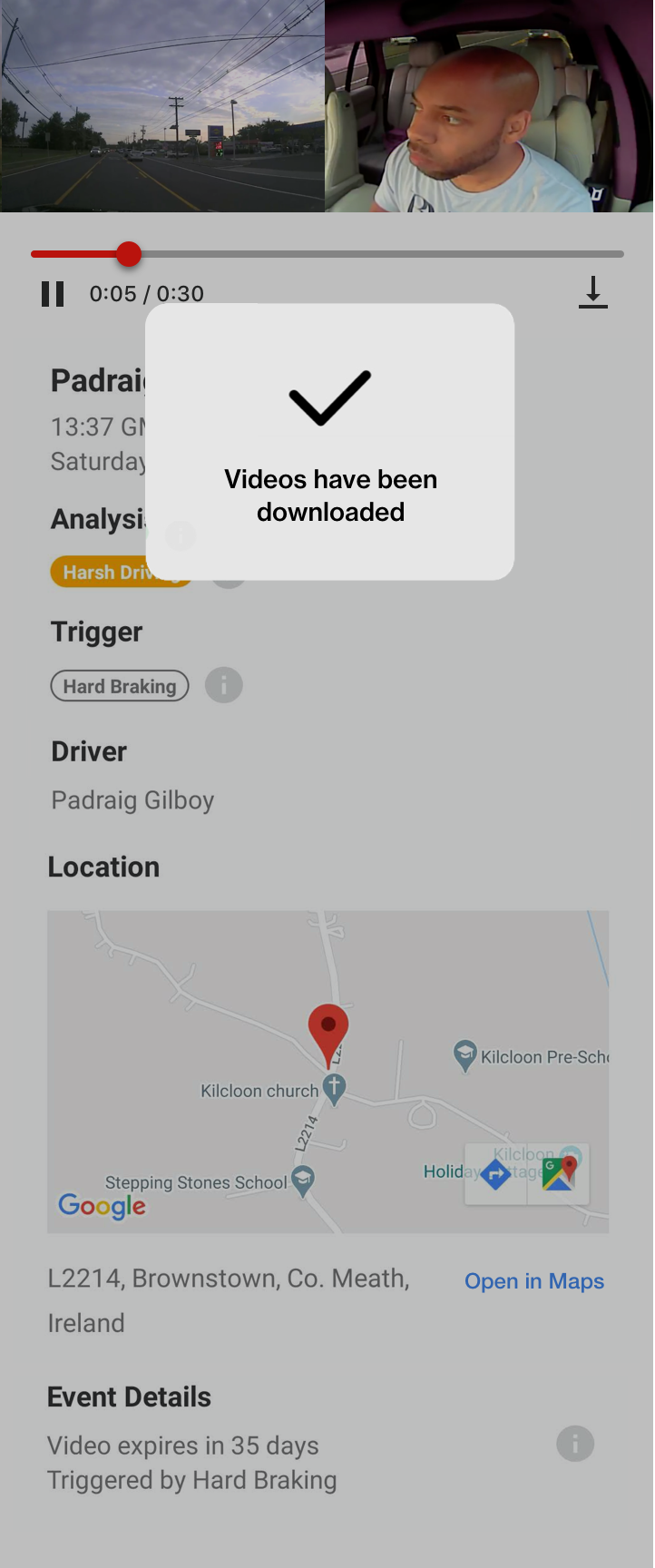3 ways integrated video boosts driver safety and protects...
Learn how AI-powered dashcams and extended view cameras improve driver safety, provide real-time coaching, and reduce...
Read more
Distracted driving isn’t a safety risk your fleet can afford. According to the National Highway Traffic Safety Administration (NHTSA), about nine people die each day as a result of distracted driving, and another 1,000 injuries occur daily in accidents that reportedly involve a distracted driver.1 The National Safety Council (NSC) also estimates that distracted driving crashes are under-reported, with cell phone use alone accounting for 27% of vehicular crashes.1
Cell phones are only one of the many distractions that can pull a fleet driver’s attention off the road—but regardless of the cause, distracted driving remains a significant fleet safety threat for commercial fleets. As Business Fleet points out, “distracted driving remains the most significant ongoing risk for fleet managers, and they must implement policies around the use of technologies to minimize in-vehicle distractions.”2
It appears that today’s fleet drivers may often be falling short. A recent study on the perception of driver safety found that less than half of surveyed respondents consider commercial drivers who transport goods to be “safe” drivers.3 For fleet-based companies, whose drivers are a direct reflection of the company as a whole, responsible vehicle operation is that much more important.
One of the technologies that can help fleet managers reduce instances of distracted driving is an in-cab, driver-facing camera.

While forward-facing cameras do help fleet managers to mitigate on-the-road risks, driver-facing cameras can be more effective in monitoring driver behavior given they provide an internal view of the cab and front seat.
With the driver-facing Dashcam, Verizon Connect wants to give fleet managers a near real-time inside view of driver actions to help provide a more accurate account of circumstances surrounding driving events (such as hard-braking or hard-acceleration) and other incidents. Both new and existing Verizon Connect Reveal customers can benefit from the ability to view driver footage alongside road-facing footage (dual-facing dashcams) in an effort to mitigate false claims and improve driver safety.
Driver-facing cameras can also help provide visual clarity around distracted driving behaviors—helping managers determine what negative behaviors are most pervasive within the fleet, take action to proactively correct them, and to help coach drivers.
Discover five ways you can use video telematics to coach drivers for your fleet.

Driving-facing in-cab cameras are an easy way for fleet managers to help protect drivers and the business while mitigating risks, leading to better liability protection, a better company reputation and safe operations while on the road.
1 https://www.government-fleet.com/320993/10-ways-to-minimize-distracted-driving
2https://www.businessfleet.com/10121660/the-evolving-challenges-in-fleet-safety-management
3https://www.businessfleet.com/10119964/fleets-that-transport-goods-considered-unsafe-to-some




Find out how our platform gives you the visibility you need to get more done.
Learn how AI-powered dashcams and extended view cameras improve driver safety, provide real-time coaching, and reduce...
Read moreLearn how to craft an effective safety program and coach fleet drivers using video telematics.
Read moreFrom gaining visibility into unsafe driving behaviors to improving vehicle maintenance, fleet management technology empowers...
Read moreLearn how innovations in video powered by AI and machine learning are helping to reshape safety and efficiency for businesses.
Read more